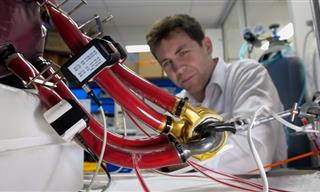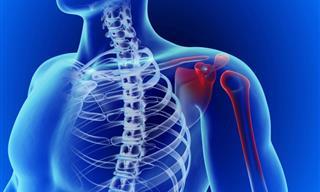A new study has found that an appropriate exercise regimen can actually reverse damage to sedentary, aging hearts – only if it’s begun in time.
The study, which was conducted by cardiologists at UT Southwestern and Texas Health Resources, concluded that such an exercise regimen should begin by late middle age, in other words before the age of 65.
Apparently, the heart retains some plasticity and an ability to remodel itself, according to the Institute for Exercise and Environmental Medicine. For the benefits of exercise to be reaped, it needs to be performed some four to five times per week. The researchers found that exercising two or three times a week was simply not enough.

The aforementioned conclusion is based on a series of studies performed over the course of five years. The regimen consists of 30-minute sessions conducted four to five times per week, plus warming up and cooling down.
One of these sessions includes a high-intensity 30-minute workout, such as aerobic interval sessions. These sessions are followed by recovery sessions performed at a relatively low intensity. One of the sessions per week lasted an hour, but should be performed at a moderate intensity. Yet another one or two of the sessions are 30 minutes in length and performed at a moderate intensity. Last but not least, one or two of the sessions are strength training sessions.
Study participants built up to those levels of training gradually by doing three 30-minute exercise of moderate intensity per week for the first three months, peaking with the addition of two high-intensity aerobic intervals after 10 months of exercise.

More than 50 participants took part in the study, and they were divided into two study groups. The first group received two years of supervised exercise training and the second, which was the control group, participated in yoga and balance training.
When the two years of training were up, members of the first group exhibited an 18% improvement in their maximum oxygen intake during exercise, as well as a 25% improvement in the elasticity of their hearts’ left ventricular muscle.
This is a particularly positive effect of exercise because sedentary aging can lead to the muscle in the heart’s left ventricle becoming stiff. It’s a part of the human heart that’s responsible for pumping oxygen-rich blood back out to the body.

The stiffening of this muscle can become a health issue because blood pressure builds up, and the heart chamber no longer fills up as well with blood as it should. In the worst-case scenario, blood can end up backing up into the lungs, and this can result in heart failure.
Ventricular stiffening often shows up in middle age in individuals that don’t exercise. A lack of exercise leaves them with small, stiff chambers that are unable to pump blood as efficiently as they should. The researchers found that cardiac elasticity in younger individuals improved substantially after a year of training, but surprisingly little change in individuals that started training after the age of 65.
Content source
Images by Deposit Photos.
 Go to BabaMail
Go to BabaMail























































